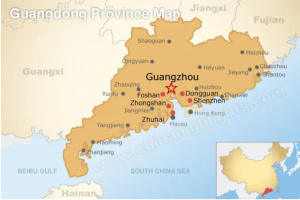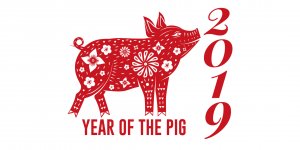 As the Hakka scattered throughout the world, they influenced local cuisines of their new homes. This became evident as I viewed the new beautifully filmed Chinese documentary series “Flavorful Origins” on Netflix. Season one focuses on Chaoshan (Teoswa), a coastal region in the eastern part of Guangdong province about 200 miles north of Hong Kong. Major cities in the region are Shantou, Chaozhou, and Jieyang. People who live there are also known as Teochew or Chiu Chow. As I viewed the series I saw how the Hakka influence Chaoshan cuisine. It’s no surprise because Hakka regions, Meizhou and Fujian lie nearby. In the Hakka diaspora, we find that neighbors often borrowed from each other.
As the Hakka scattered throughout the world, they influenced local cuisines of their new homes. This became evident as I viewed the new beautifully filmed Chinese documentary series “Flavorful Origins” on Netflix. Season one focuses on Chaoshan (Teoswa), a coastal region in the eastern part of Guangdong province about 200 miles north of Hong Kong. Major cities in the region are Shantou, Chaozhou, and Jieyang. People who live there are also known as Teochew or Chiu Chow. As I viewed the series I saw how the Hakka influence Chaoshan cuisine. It’s no surprise because Hakka regions, Meizhou and Fujian lie nearby. In the Hakka diaspora, we find that neighbors often borrowed from each other.
In season 1, episode 10 we see the Hakka in Chaoshan introduced Lei Cha (aka Lui Cha). The locals embraced it and some created their own versions. Most grind sesame seeds, peanuts, and fresh green herbs such as mint, fennel, and dried tea leaves with a mortar and pestle to make a paste. Then they stir in hot water to create a green herbaceous tea. Some mix in a stir-fried mixture of fresh tea leaves and vegetables. Others might add a mixture of stir-fried peanuts and greens and popped rice. The choice of herbs and spices may vary.
I’ve only eaten lei cha in Malaysia, Singapore, and Taiwan. Each version differed depending on the cook and the region. Some were savory, others sweet. Find these recipes in The Hakka Cookbook (pages 99 and 119).
Look for other Hakka influences in this series directed by Chen Xiaoqing. It is narrated in Mandarin but there are English subtitles (have the pause button ready because the captions disappear from the screen very quickly). Or change your audio settings to English, if needed. The educational and luscious episodes run for less than 15 minutes. Savor this beautiful food documentary.




















